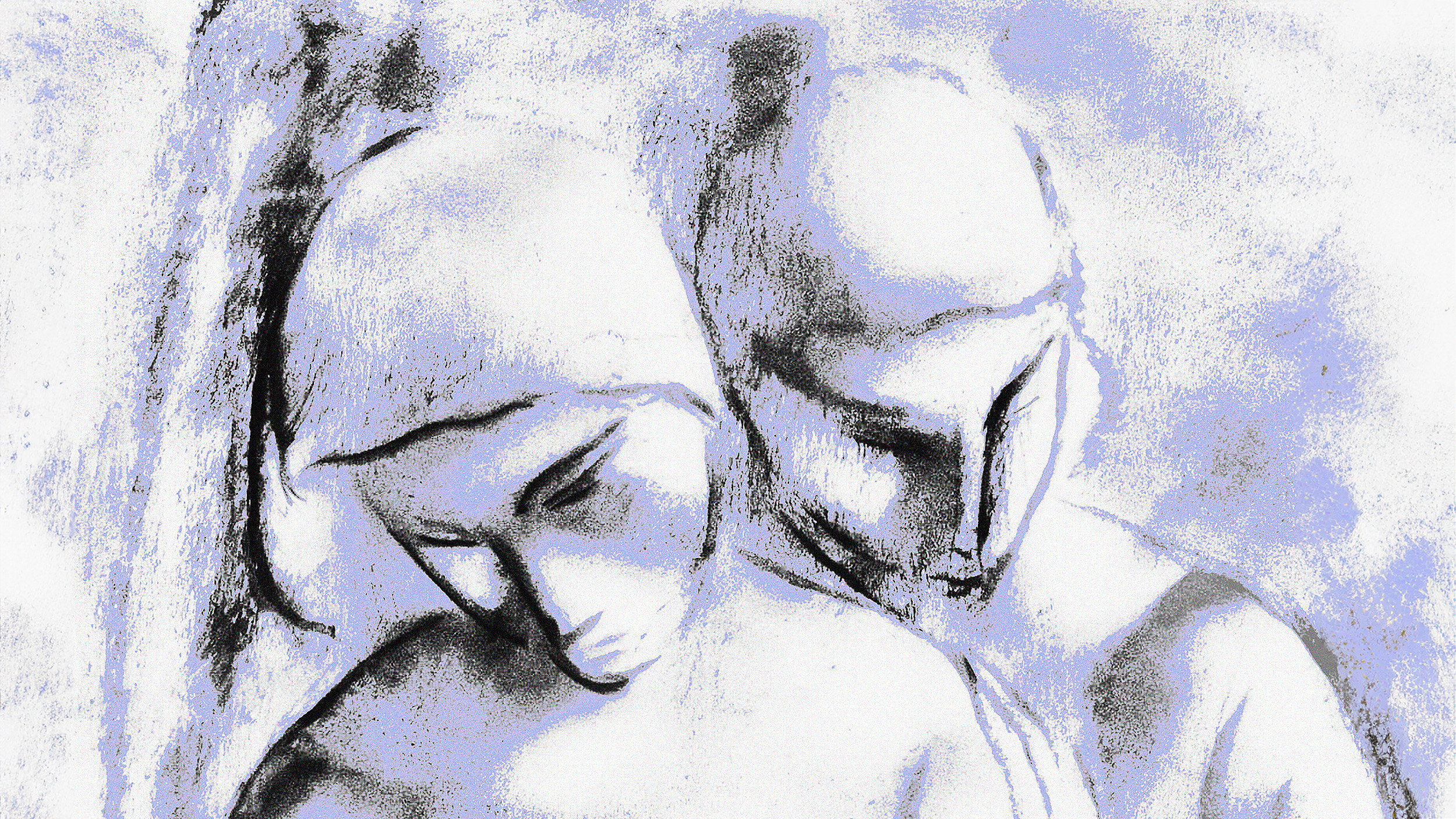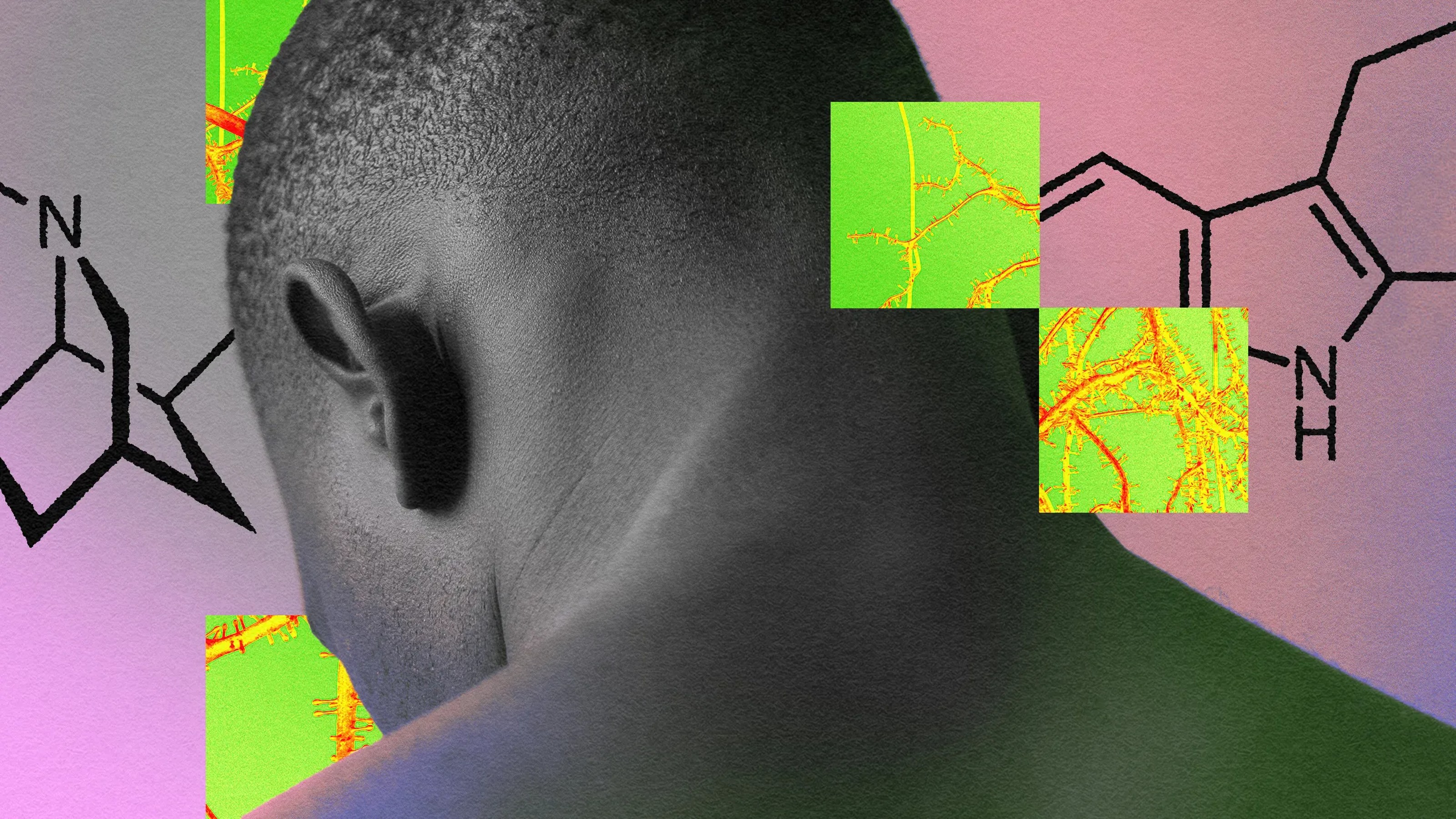Why You Should ‘Rewild’ Your Diet to Help Your Microbiome

Tim Spector probably never expected to measure his poop, but so life goes. The professor of Genetic Epidemiology at King’s College London was invited by his colleague, visiting research fellow Jeff Leach, to travel to one of the last remaining hunter-gatherer tribes in Africa. The purpose: to track his gut microbiome.
In a time of fractured nutritional advice with snake oil salesmen and saleswomen proffering wildly speculative claims, your bacteria and fungi don’t lie. Your microbiome is the community of microorganisms that live inside of your stomach. Research is showing that this is one of the most important markers of your health, physically and psychologically. So Spector measured his levels, hopped on a plane to Tanzania, and ate porcupine.
Not only that prickly creature. For three days Spector lived as the Hadza do: baobab porridge, Kongorobi berries, hyrax, honeycomb, and yes, porcupine (tastes like suckling pig!). As it turned out, a long weekend on this diet had spectacular consequences.
“The results showed clear differences between my starting sample and after three days of my forager diet. The good news was my gut microbal diversity increased a stunning 20%, including some totally novel African microbes, such as those of the phylum Synergistetes,” writes Tim Spector.
The bad news is that the microbes fled shortly after his return to London. That’s okay, Emeran Mayer, a Professor in the Departments of Medicine, Physiology and Psychiatry at the David Geffen School of Medicine at UCLA, tells me. Author of the cutting edge book in this field, The Mind-Gut Connection, he’s devoted his career to studying the link between the gut and brain.
While Spector’s journey makes for solid journalism and great passport stamps, Mayer says we don’t need to return to hunter-gather diets like the Hadza or Amazonian Yanomami to make a difference.
“A review of worldwide dietary habits has made it pretty clear that largely plant-based diets rich in indigestible fiber have the greatest health benefits, and that this benefit is in large part explained by the beneficial effects of such diets on the gut microbiome,” says Mayer.
Mayer points to traditional Mediterranean, Asian, and European diets as being sufficient in increasing good bacteria. These diets are high in polyphenols, antioxidants, and anti-inflammatory molecules. Numerous problems, he continues, are evident with the “Western” diet that has created startling obesity and GI problems in America: a low ratio of plant and animal components, high animal fat and sugar, excess calories, additives like emulsifiers and artificial sweeteners, an abusive relationship with antibiotics, and pesticides.
The standard Western microbiome is so bad that Jeff Leach calls our guts “ecological disaster zones.” Leach has lived and worked with the Hadza for years and has written a book of his own, Rewild, which offers advice on how to create good habits for better guts. The process of rewilding your diet is possible anywhere, though cues taken from hunter-gatherer tribes can work wonders. While Westerners douse themselves in antibacterial soaps and celebrate “clean” diets, it turns out that a little—or a lot—of dirt is best.
“It is their persistent exposure to this rich pool of microorganisms that has endowed the Hadza with an extraordinary diversity of microbes; much greater than we see among people in the so-called developed world,” writes Jeff Leach.
While Mayer admits that we’re only at the beginning of research in this field, he predicts that textbooks across the academic spectrum will have to be updated: medical, psychiatry, neurology, metabolism, and cardiology first to mind. Gut bacteria and fungi, which if isolated as a separate organ would weigh between two and six pounds, is revolutionizing our understanding of our nervous systems. This information far exceeds what we put on our plate; it could shift how we treat depression, anxiety, and behavioral disorders, even diseases like Parkinson’s. (Indeed, earlier this year I wrote about my dietary shift curing me of longstanding anxiety disorder.)
There may soon be another cup next to the urine station in your doctor’s office as Mayer foresees microbiome levels integrated into your annual exam in the near future. There’s even ways to measure in the comfort of home: Leach is part of the team behind Map My Gut, a 23andMe for your feces. The information is designed to help consumers understand how their diet affects their lifestyle and may play a role in certain diseases.
With this wealth of data on nutrients and bacteria surfacing, Leach also writes about an ancient aspect of eating often overlooked today: the ritual of the meal. In Los Angeles I constantly watch people shove food into their mouths while driving—unconscious gorging over shared ritual. In Spector’s article there’s a photo of the tribe surrounding the campfire as the author details the porcupine meal: spines, skin, and organs dissected; organs immediately cooked and consumed; meat shared communally later that evening.
Mayer relates the ritual of eating with positive emotions, which runs counter to the stress of comfort foods and busy eating performed while running from task to task. He points to the grape and olive harvests in Italy as examples of communities uniting to celebrate sustenance. No television, no social media, just conversation and enjoyment. This isn’t only socially healthy, but it has a reverberating effect inside of your body.
“The reason that rituals are so important is because mental states are directly translated into the activity of the gut and modulate the behavior of gut microbes. We know that negative emotions affect these functions in a negative way. Being mindful of what we eat and in which context we eat is an essential part of healthy eating,” says Mayer.
In The Mind-Gut Connection, Mayer writes that unfortunately there’s no one-size-fits-all recommendation for specific dietary recommendations. There are too many individual and environmental elements at play. But he does admit that maximizing your gut’s microbial diversity is key—increase your intake of multiple prebiotics in the form of plant fibers, as well as consume fermented foods and probiotics. And, of course, avoid mass-produced and processed foodstuffs with tons, or any really, preservatives. If you can’t recognize the name as food neither can your digestive system.
—
Derek’s latest book, Whole Motion: Training Your Brain and Body For Optimal Health, is out now. He is based in Los Angeles. Stay in touch on Facebook and Twitter.





